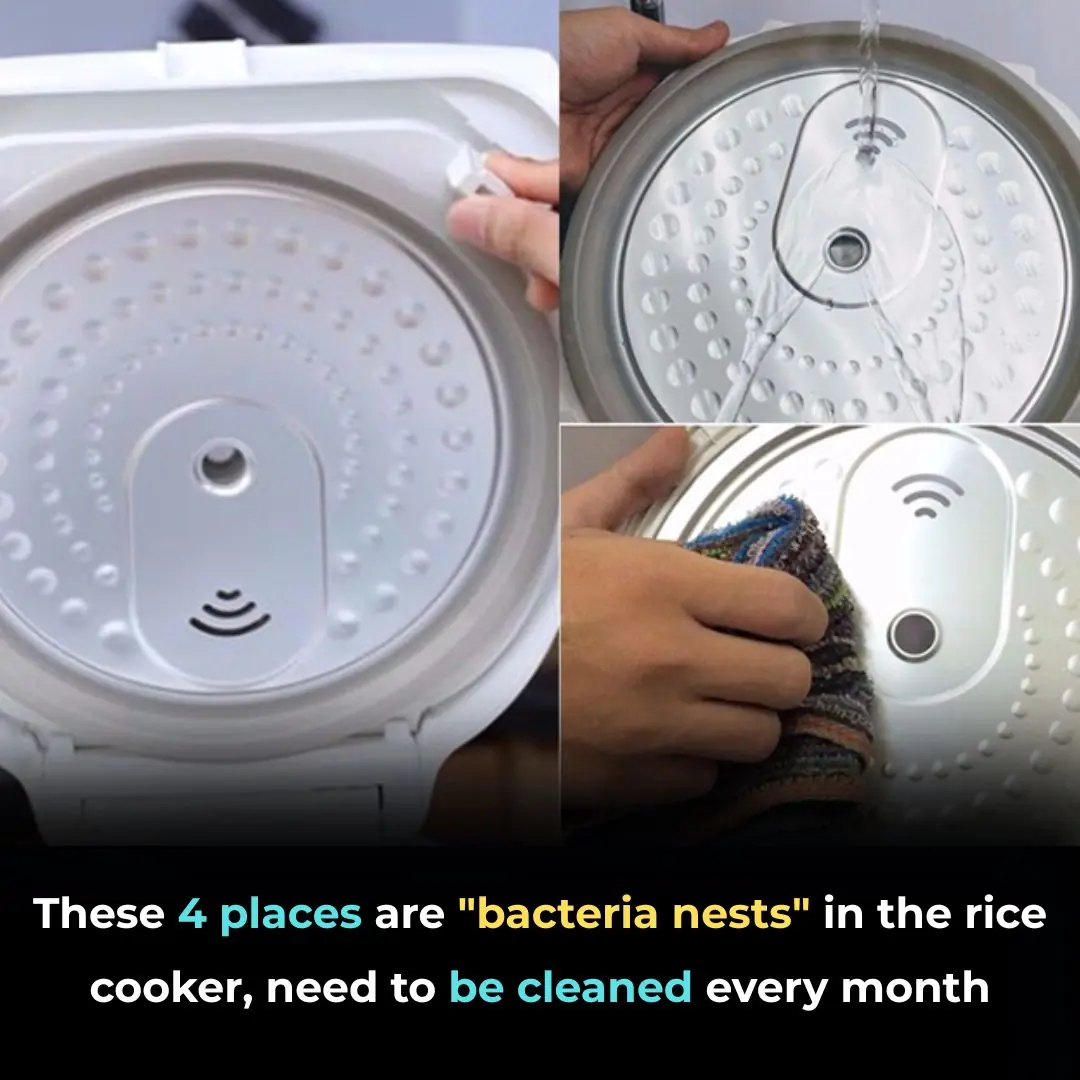
🪵 Don't Wash Moldy Wooden Cutting Boards with Soap—Try This 5-Minute Natural Cleaning Hack Instead

If your wooden cutting board is looking dirty or covered with black mold spots, don’t reach for the dish soap just yet. Using the wrong cleaning method can damage the board and make the mold problem worse. Instead, try this simple, natural trick that takes just 5 minutes—your board will look brand new and stay mold-free for months!
🛑 Why You Shouldn't Use Soap on Moldy Wooden Cutting Boards
As the old saying goes, “Illness enters through the mouth”—so keeping your cutting board clean is essential for protecting your health.
Wooden cutting boards are naturally more eco-friendly and safer than plastic alternatives, but they also absorb moisture easily, especially in humid or rainy weather. Without proper care, this makes them a perfect breeding ground for mold and bacteria.
You might think hot water and dish soap will do the trick, but this can actually dry out the wood, causing it to crack or warp. And worse, soap may not completely eliminate deep-set mold or odors.
Instead, use gentle household ingredients that disinfect, deodorize, and protect the wood—all without damaging it.
🧼 3-Step Cleaning Method with Vinegar, Salt, Toothpaste & Oil
Here’s how to thoroughly clean and restore your wooden cutting board using simple kitchen staples:
🧂 Step 1: Disinfect with White Vinegar and Salt
What you need:
-
White vinegar
-
Table salt (coarse if available)
How to do it:
-
Pour a generous amount of white vinegar over the surface of the cutting board. This helps loosen any deep-seated grime or mold.
-
Sprinkle salt evenly on top. The salt acts as a gentle abrasive and a natural disinfectant.
-
Let the mixture sit for a few minutes to allow the vinegar to penetrate.
🪥 Step 2: Scrub with Toothpaste and a Toothbrush
What you need:
-
A used (clean) toothbrush
-
Regular white toothpaste (not gel-based)
How to do it:
-
Apply toothpaste directly onto the board or onto your toothbrush.
-
Use the toothbrush to scrub the surface thoroughly, focusing on knife grooves or any dark moldy spots.
-
The combination of toothpaste and salt provides excellent cleaning power and abrasion, helping to lift stubborn stains and kill bacteria.
This method not only cleans the surface, but also gets into the micro-cuts where mold can hide. After scrubbing for a few minutes, rinse the board with clean water and dry it completely with a clean cloth.
🧴 Step 3: Condition with Cooking Oil to Prevent Mold
What you need:
-
Any neutral cooking oil (vegetable, sunflower, or mineral oil for cutting boards)
-
Plastic wrap or food-safe film
-
Baking soda (optional)
How to do it:
-
Once the board is dry, apply a thin, even layer of oil across the surface.
-
Wrap the board in plastic wrap and let it sit for 4–5 hours. This helps the oil penetrate the wood, keeping it nourished and preventing cracking or mold formation.
-
Afterward, unwrap and check the board. If it feels greasy, don’t use dish soap to wash it off. Instead, sprinkle baking soda over the surface and rub it in to absorb excess oil.
-
Rinse lightly with warm water and dry immediately.
This final step helps keep your cutting board mold-resistant for up to a year, with no harsh chemicals involved.
🍋 Alternative Cleaning Method with Lemon, Salt & Vinegar
Looking for a quick and refreshing way to clean your board? Try this citrus-powered method that cleans, deodorizes, and disinfects in one go.
Ingredients:
-
1/3 lemon
-
1.5 tablespoons salt
-
5 tablespoons white vinegar
🧽 How to use:
-
Rinse the board lightly with water.
-
Sprinkle salt generously across the surface.
-
Use the cut side of a lemon to scrub the salt into the wood. The citric acid helps eliminate stains and kill bacteria.
-
Let the mixture sit for a few minutes.
-
Rinse with cool water and follow up with white vinegar for extra sanitizing power.
This method not only removes stains but also neutralizes odors—great if you’ve been cutting garlic, onions, or raw meat.
🔄 Maintenance Tips to Keep Your Cutting Board Mold-Free
-
Never leave it wet: Always dry the board thoroughly after washing.
-
Store it upright in a ventilated area—never flat on the counter.
-
Oil it once a month to maintain moisture balance and prevent cracking.
-
Avoid soaking it or putting it in the dishwasher.
With regular care using these natural methods, your wooden cutting board will stay clean, hygienic, and durable for years.
📝 Final Thoughts
A moldy wooden cutting board isn’t just unsightly—it can harbor harmful bacteria that affect your health. But you don’t need expensive cleaners or harsh chemicals to fix it.
By using vinegar, salt, lemon, oil, and baking soda, you can clean, deodorize, and protect your board in just a few minutes. It’s simple, affordable, and kind to both your board and your body.
✅ Try this today and give your cutting board a new lease on life!
News in the same category


🌿 Wash Your Hair with This Herb and Watch Baby Hairs Grow Back Fast — Say Goodbye to Hair Fall

🌾 Ginger and Rice Water Hair Treatment: A Natural Secret for Fast Growth, Thicker, Shinier Hair
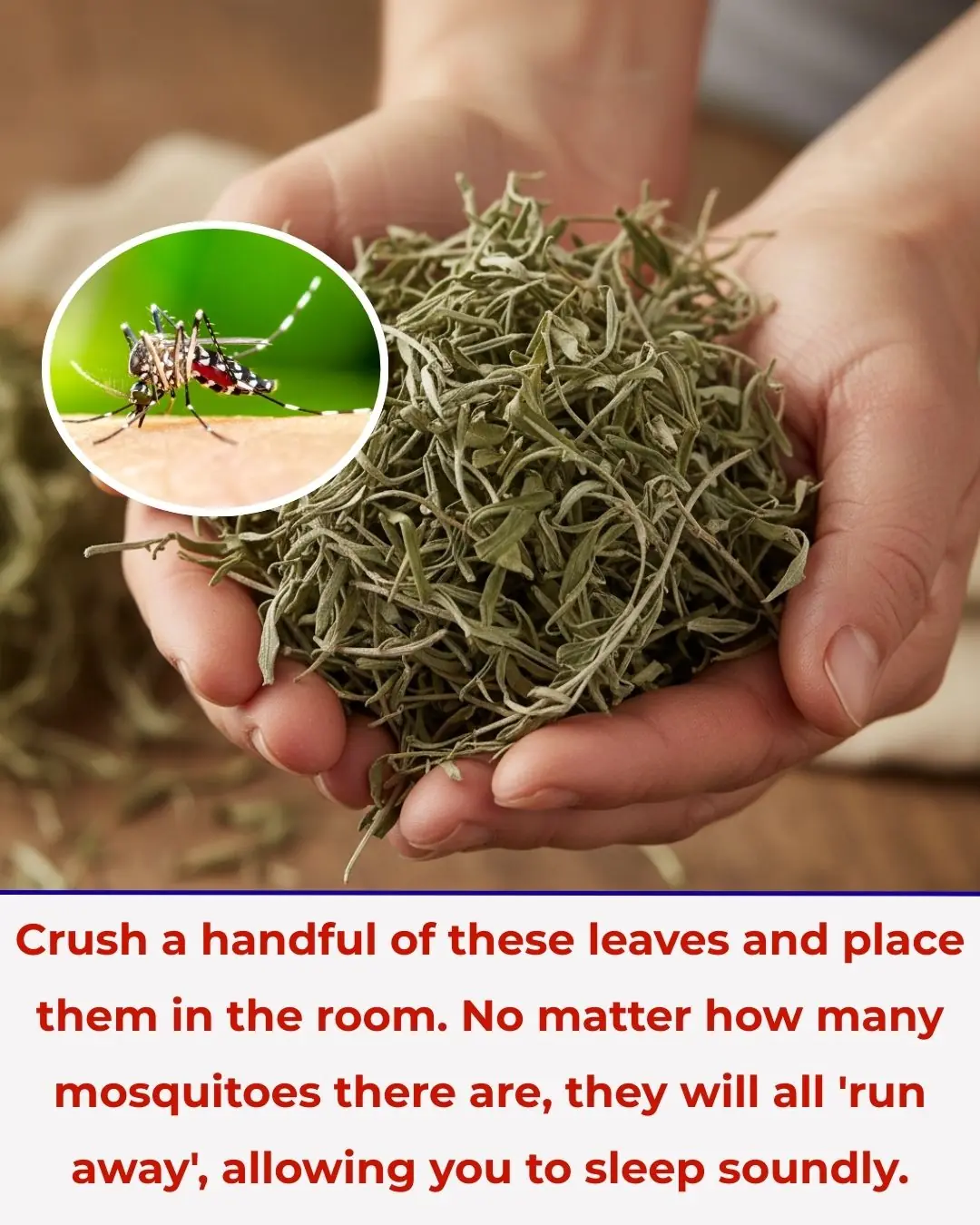
Crush a handful of these leaves and place them in the room. No matter how many mosquitoes there are, they will all 'run away', allowing you to sleep soundly.
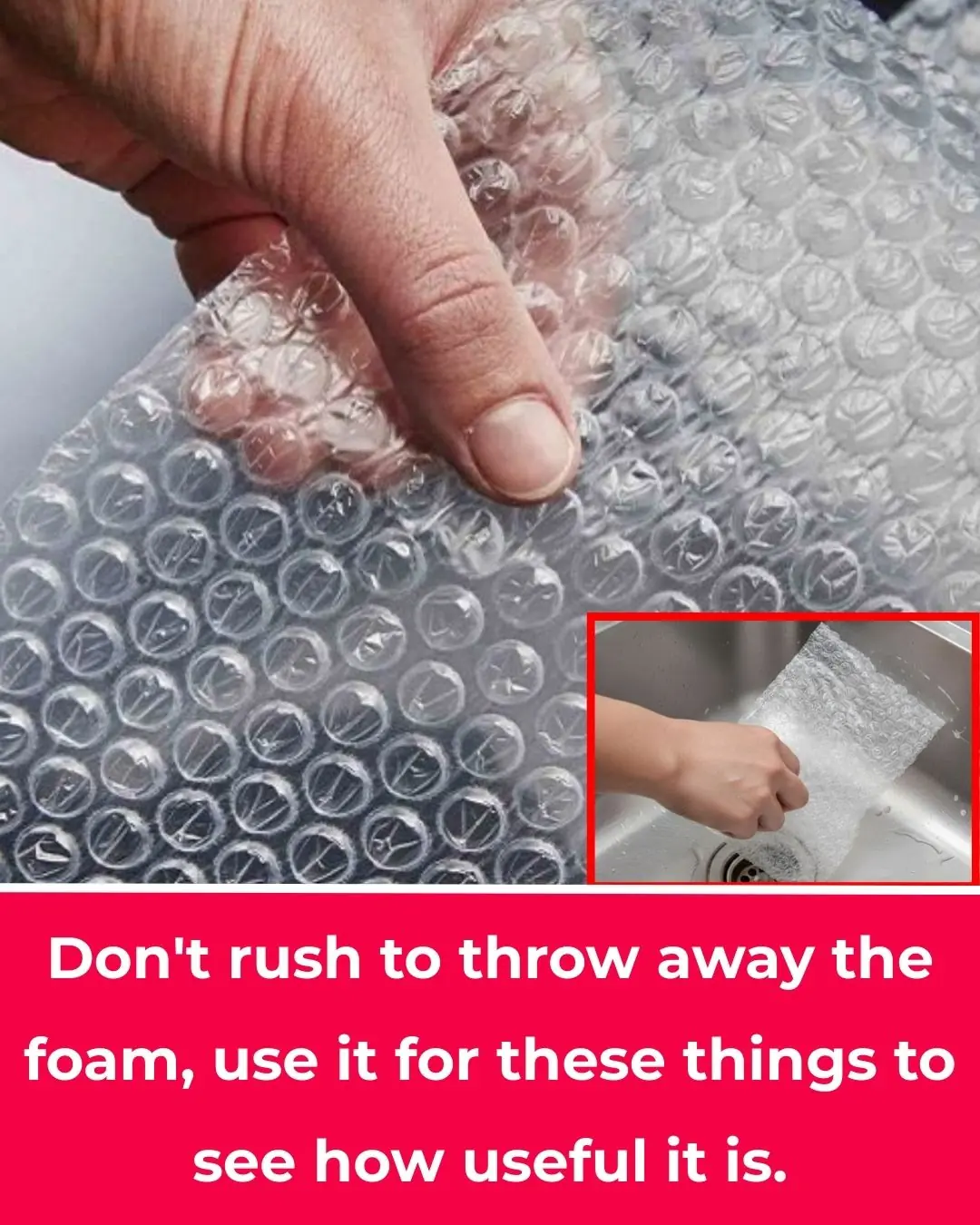
Don't rush to throw away the foam, use it for these things to see how useful it is.

Mix beer with sugar or laundry detergent: A great mixture to solve a problem that every household encounters, if you don't know, it's a waste
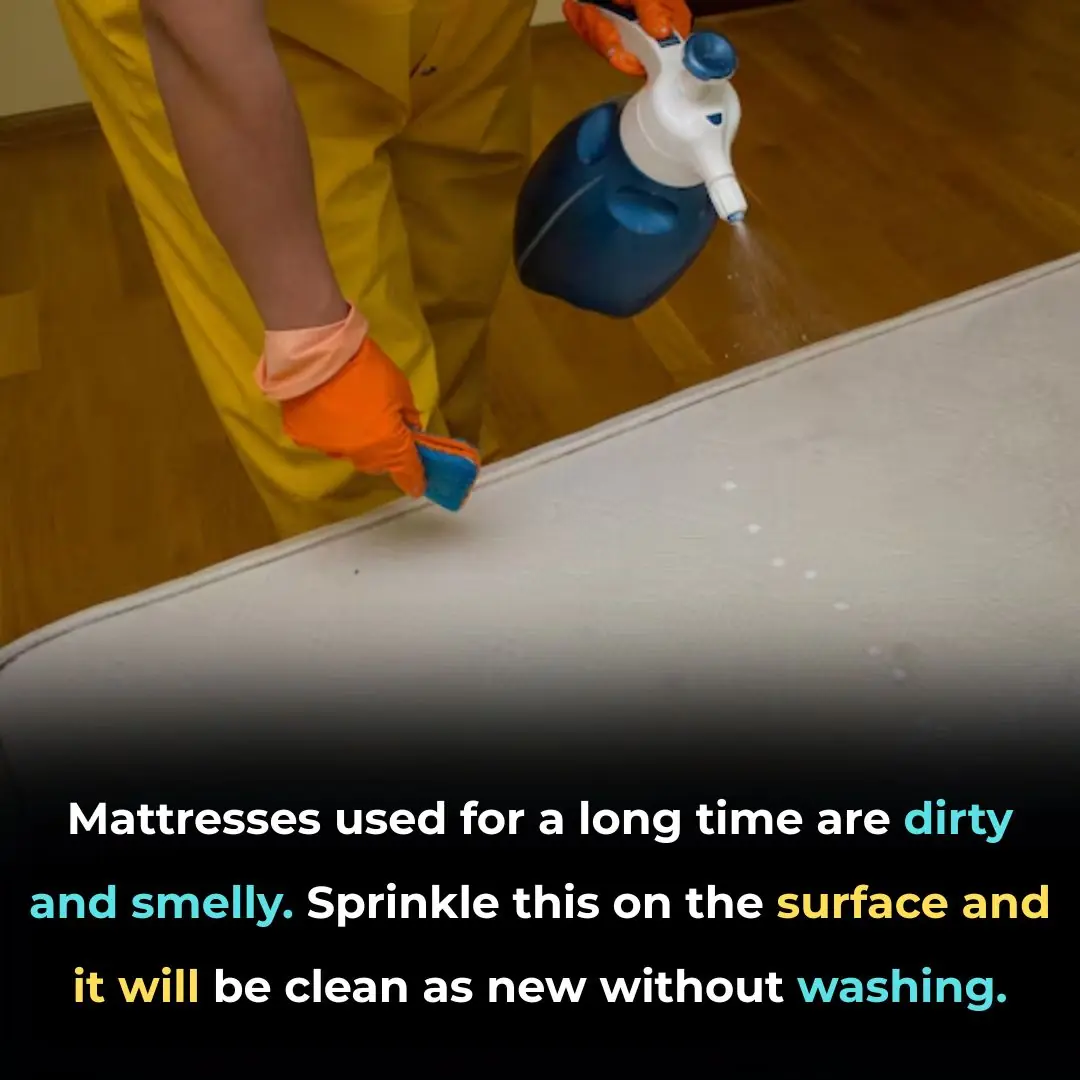
Mattresses used for a long time are dirty and smelly. Sprinkle this on the surface and it will be clean as new without washing.

The 3 Best Times of the Day to Drink Coffee

Eat these 5 fruits to avoid magnesium deficiency, keep your heart healthy and your bones strong

Drink coconut water on an empty stomach for 7 days, kill 10 birds with one stone: it's a waste not to try it
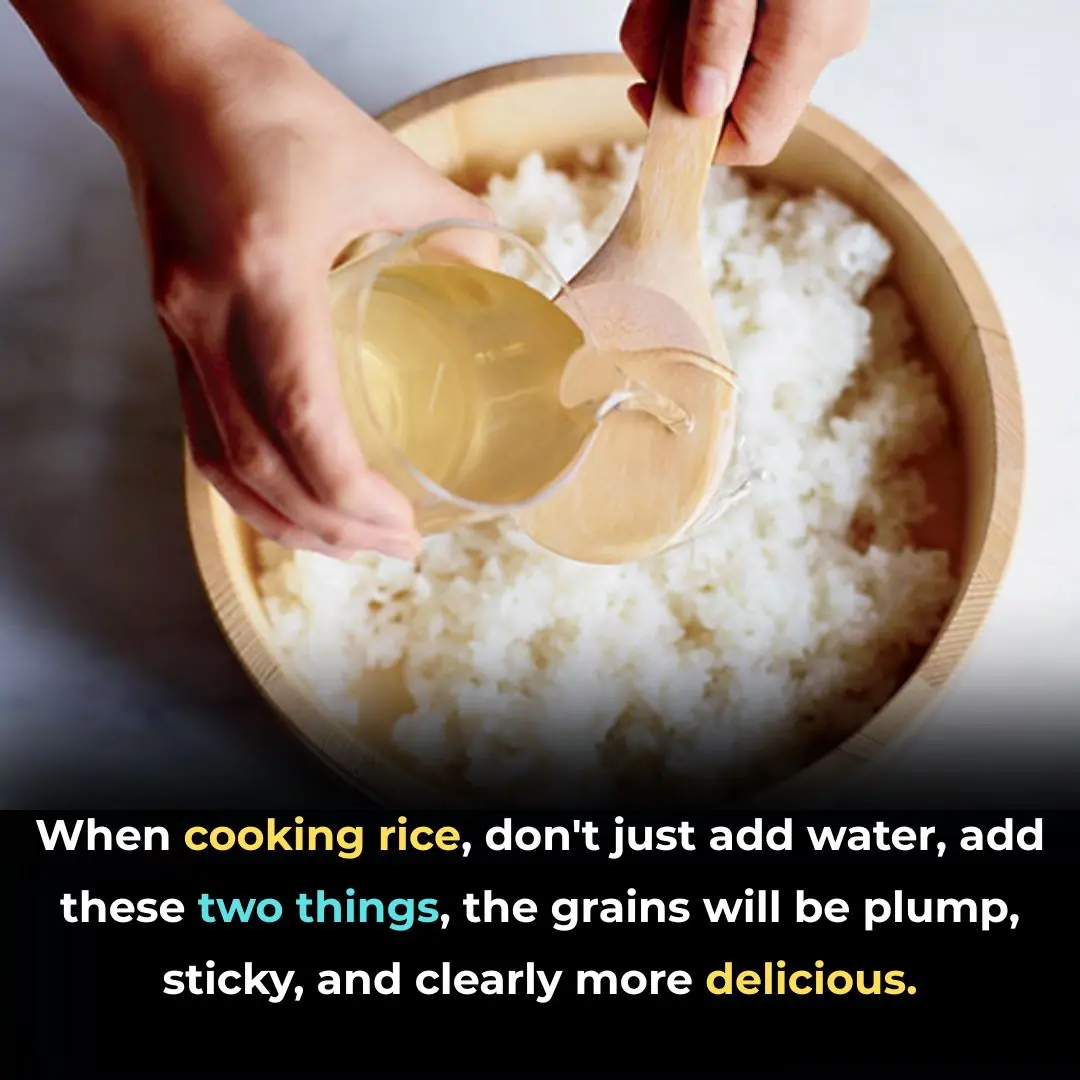
When cooking rice, don't just add water, add these two things, the grains will be plump, sticky, and clearly more delicious

Dog ticks bit 3 people in a family, 2 died: If you can't keep them clean, don't keep them, they're full of diseases

Drinking lemon ginger water, the body receives these 6 great benefits
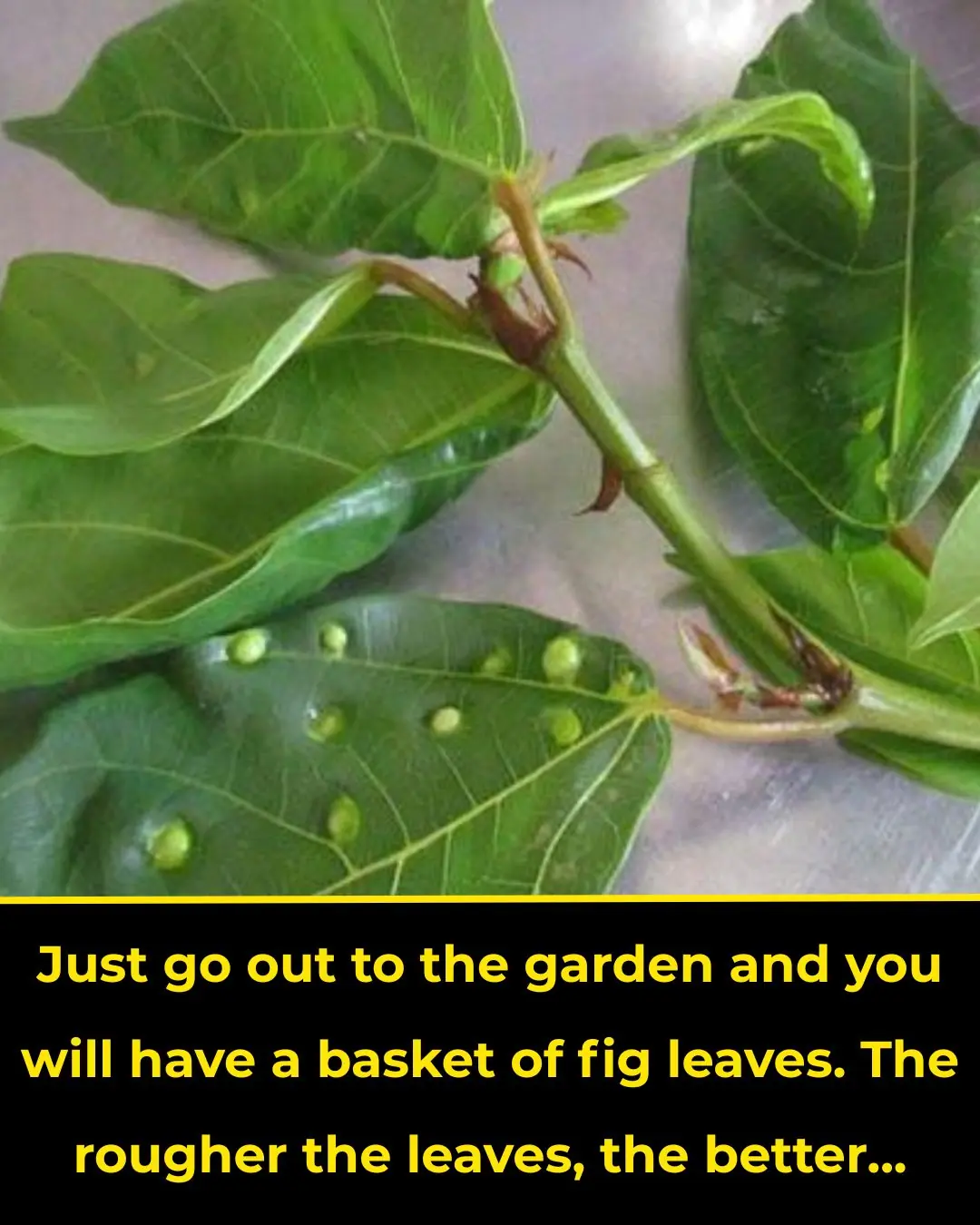
'Miraculous' uses of fig leaves: A precious medicinal plant right in your garden

The fish that is the "king of omega-3," with salmon only ranking second: Sold everywhere in Vietnamese markets at incredibly low prices.

Tips for using rice water and ginger to nourish your hair, promoting faster growth and making it thicker, darker, and shinier.

Treat premature gray hair with a black dye formula made from sour starfruit and potatoes, as cheap as can be!

How to store chili peppers for months while keeping them as fresh as the day they were picked, with firm, plump flesh that doesn’t dry out or lose flavor.

10 people eat avocado, but 9 of them discard this part without realizing it's a "treasure."
News Post

Game-changing 'hidden' features in iOS 26 update you've probably missed

X-rays Reveal Hundreds of Golden Threads Inside a Patient with Severe Knee Pain — Here’s the Reason Why

Blind Man Can Now See Through His Tooth After Losing Sight 20 Years Ago – He Explains How It Works

Harvard expert issues chilling warning that strange object heading towards Earth may be a ‘mothership'

Nvidia's futuristic 'robot brain' officially goes on sale to the public for insane price

These 4 places are "bacteria nests" in the rice cooker, need to be cleaned every month

🌿 Wash Your Hair with This Herb and Watch Baby Hairs Grow Back Fast — Say Goodbye to Hair Fall

🌾 Ginger and Rice Water Hair Treatment: A Natural Secret for Fast Growth, Thicker, Shinier Hair

Colgate Toothpaste for Face Whitening: The Secret Combo of Tomato and Colgate 🍅✨

Emotional Starbucks Employee Reaction Over Long-Hour Shift Sparks Debate
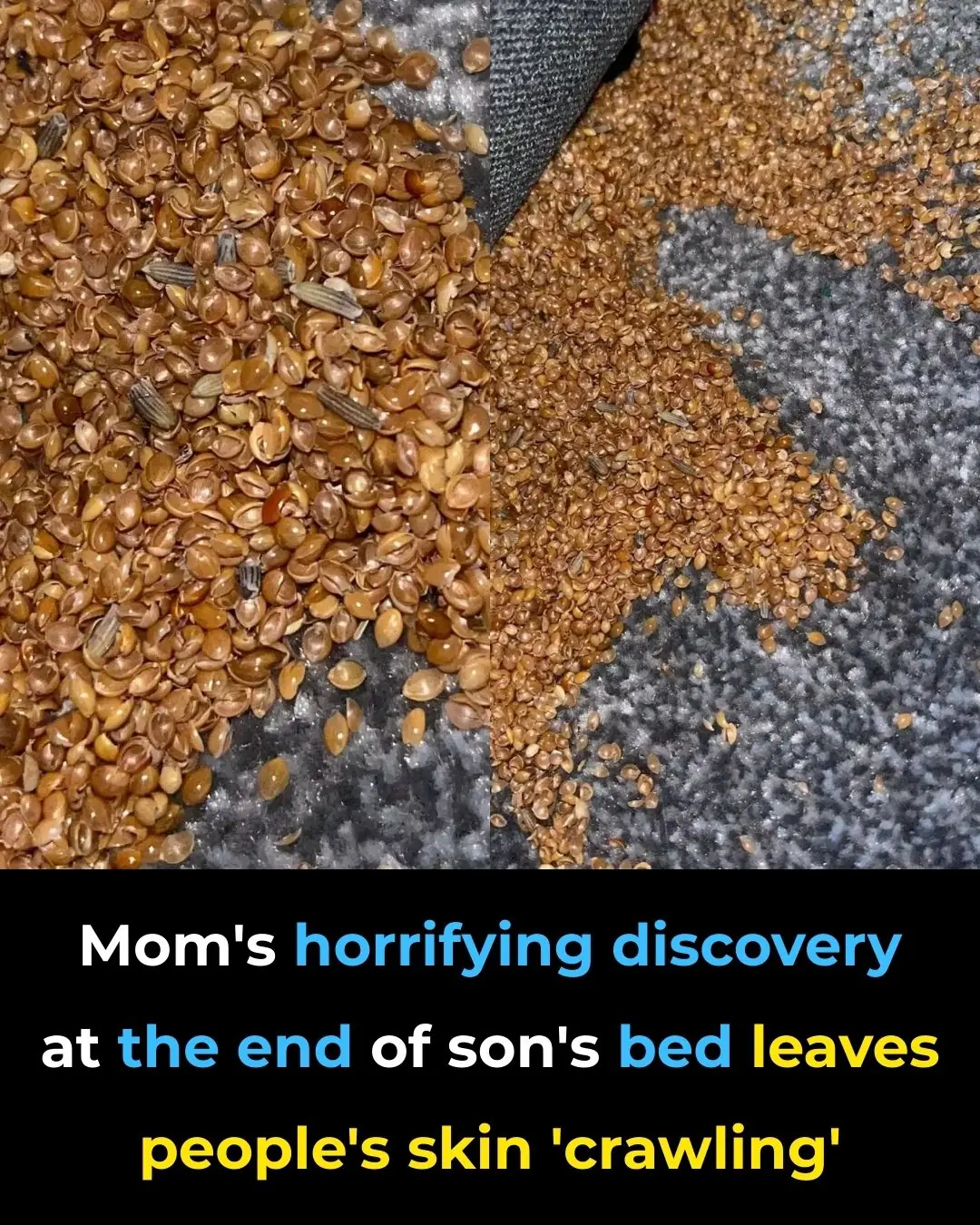
Shocking Discovery at Her Son’s Bed Leaves Mom Terrified
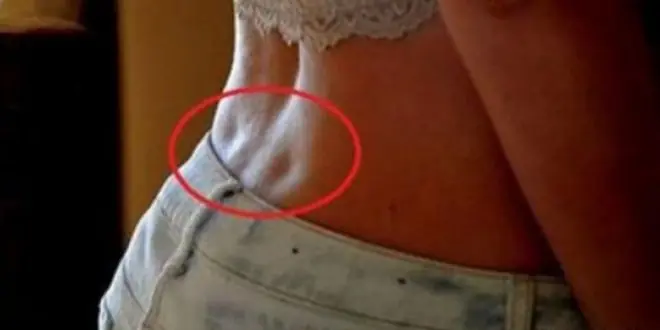
If You Have These Two ‘Dimples’ on Your Lower Back, This is What They Mean
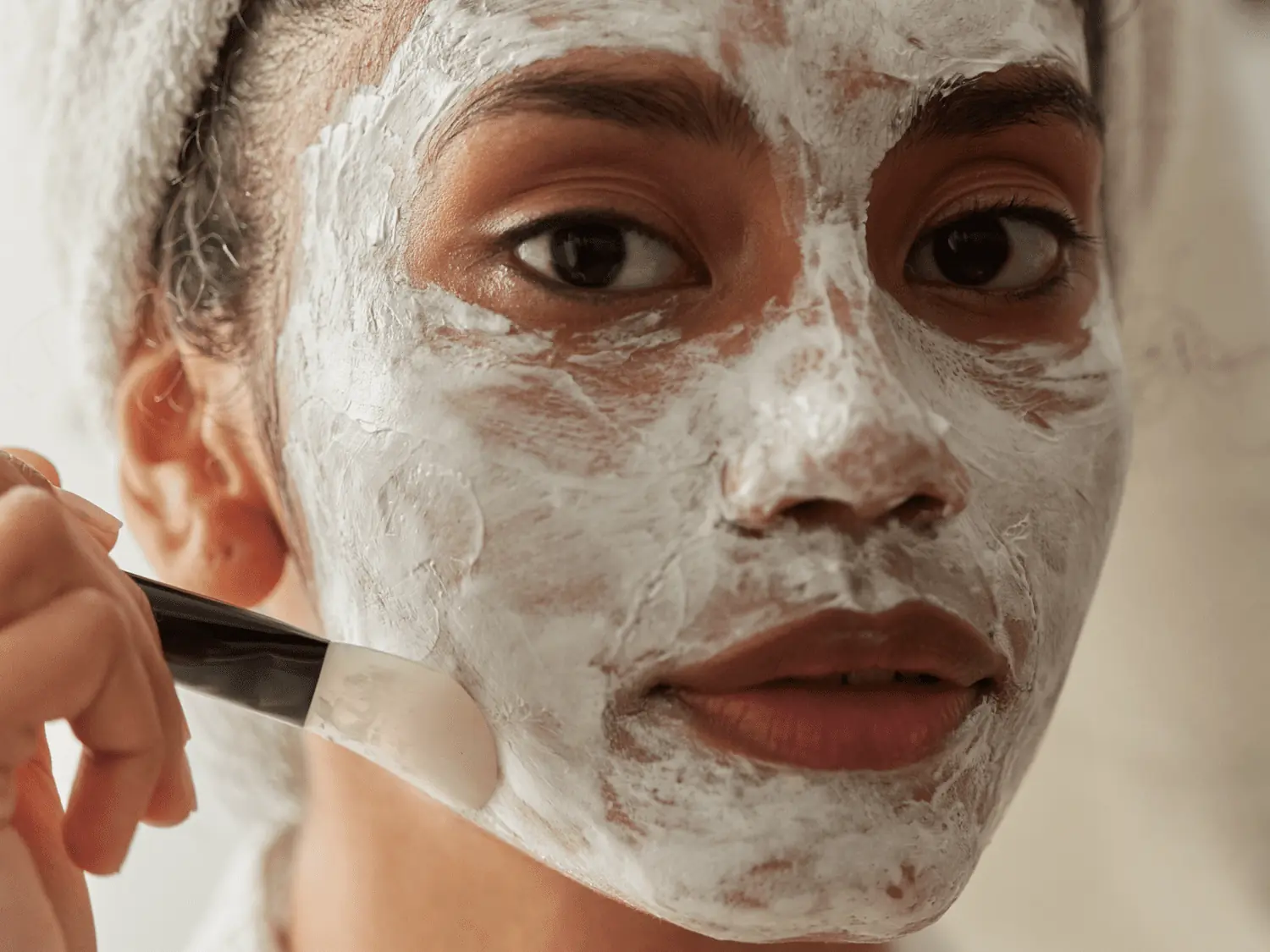
How My Nana’s Baking Soda Skincare Routine Became My Favorite Beauty Secret

Popular Drink Could Be Permanently Staining Your Teeth Yellow, Experts Say

Powerful Natural Remedies for Ear Infections That You Can Try at Home

CRISPR Breakthrough: Scientists Achieve Complete HIV Eradication in Lab Cells

Northern lights alert : the best displays in years could be coming

The Science Behind the Blood Moon: How Earth’s Shadow Creates the Red Glow
